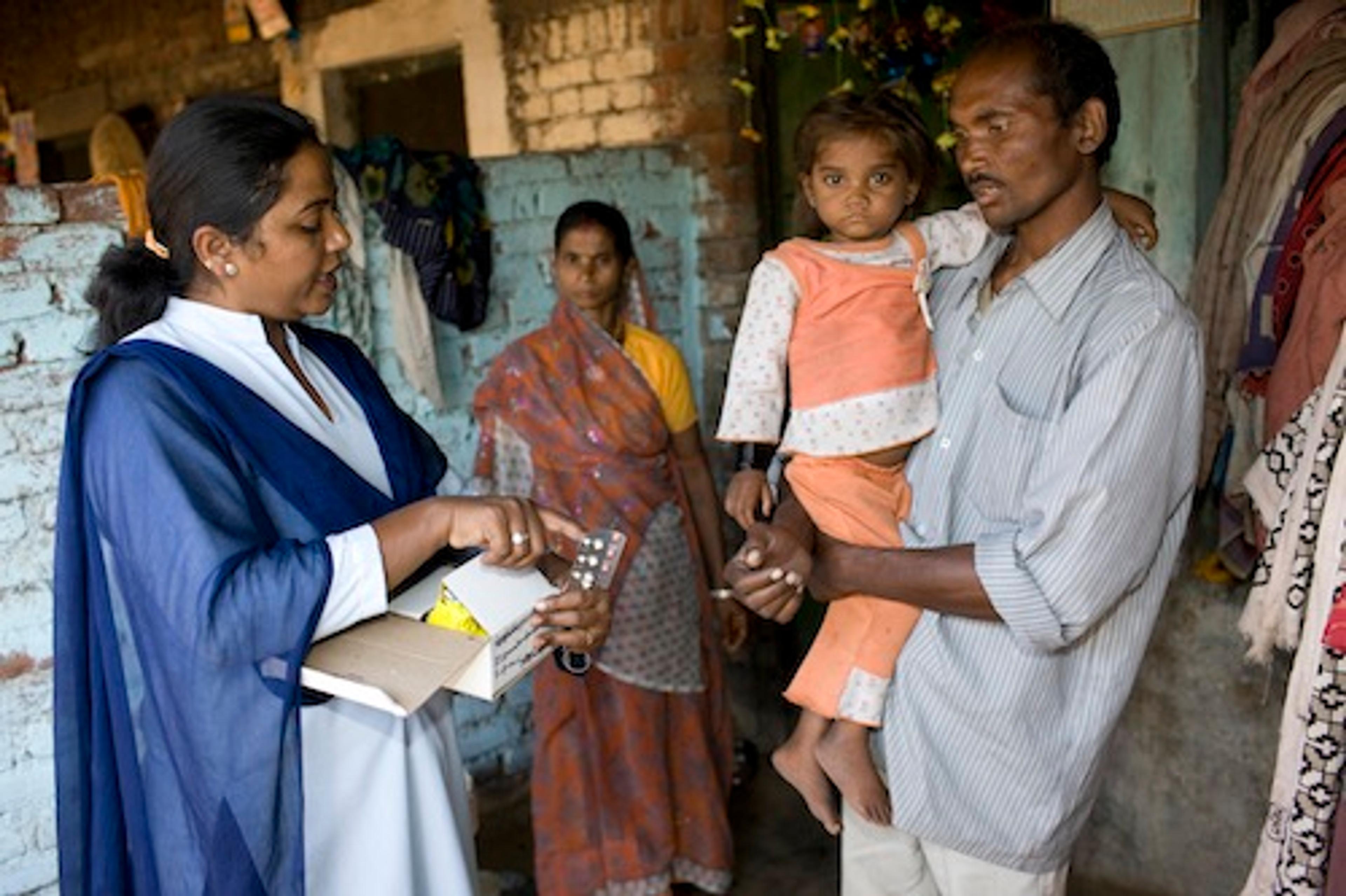Tuberculosis: The Potential for Cost-Effective Intervention
In 2012, an estimated 9 million people were newly diagnosed with active TB [1], and 1.5 million people died of TB [2]. Despite this, the vast majority of TB is fully curable [3].
Up until January 2012, Giving What We Can recommended the Stop TB Partnership as a top charity. This recommendation was withdrawn due to concerns about their capacity to use additional funds to effectively deliver cheap and effective antibiotic treatments - though this does not mean that they are not doing fantastic work.
This blog post provides a summary of our report (forthcoming), which gives an update on whether cost-effective interventions for TB still exist.
The Problem

Tuberculosis (TB) is a disease caused by bacteria of the Mycobacterium Tuberculosis complex [4]. It is airborne and primarily spread by inhaling microscopic droplets through another person’s coughing or sneezing [5].
In approximately a third of the world’s population TB is latent (i.e. not yet manifesting symptoms or causing harm to the patient, and not contagious). In 2013 there were approximately 11 million cases of active (i.e. harmful, symptomatic and contagious) TB. [6]
The estimated effects of TB are:
- Health effects: 34.2 million DALYs (Disability Adjusted Life Years) are lost annually due to TB. [7]
- Economic effects: the average adult suffering from TB loses 3-4 months of work time, resulting in a loss of 20-30% of annual household income. The families of people who die from the disease lose about 15 years of income, on average. TB costs approximately $12 billion to the global economy annually. [8, 9]
- Social effects: TB sufferers may be shunned by their communities or families, even once they have been cured. Women in particular may be more vulnerable given that they are less likely to earn money in developing countries and be more dependent on their husbands or male relatives. [10]
Risk Factors
There are several factors that increase the incidence of TB. These include:
- Places of overcrowding and poor ventilation, such as prisons. TB is rendered inactive by UV light which comes from the sun, so lack of light facilitates its spreading. [11]
- Substance misuse, which may be due to the correlation with other risk factors such as the likelihood of living in slums or being incarcerated. [12]
- HIV, as it makes the body more vulnerable to TB by weakening the immune system. [13]
- Malnutrition [14]
- Smoking [15]
- Indoor Air Pollution [16]
Factors that increase the likelihood of death from the active stage are often of a social nature. They include a lack of healthcare resources [17] unreliable diagnosis techniques [18], and disbelief in the population in the benefits of TB medical treatment [19].
Interventions
Interventions for TB need to either directly treat the disease, or indirectly target prevalence through addressing risk factors.
The most cost-effective direct intervention appears to be treatment of drug-susceptible TB through short-course chemotherapy, a standard treatment regimen that forms part of the WHO's Directly Observed Treatment, Short-Course (DOTS) strategy. In DCP2, the authors estimate that it costs $5-50 per DALY (2001 USD) to treat non-drug-resistant TB, where the patient is HIV-negative. [20]
We also recommend that charities focus direct interventions in areas where there is a high concentration of TB sufferers and high-risk groups, in order to minimise extra costs, such as transportation.
There are other interventions besides direct medical treatment that may help combat TB and be cost effective. Worthy of note is that the World Bank rates the intervention of improved biomass stoves as having a cost of $50-100 per DALY [21] suggesting that there are interventions that reduce indoor air pollution that may be highly cost-effective.
Charities
Excitingly, there are several charities working in these areas that appear to be highly cost-effective. Although exact figures are not currently available, Target TB appears to be averting DALYs at a cost of less than $50 per DALY. A calculation of this figure, along with discussion of other promising organisations, is included in the report, but it is important to note that our analysis of these organisations is very preliminary and so this estimate may be subject to substantial revision as we learn more about Target TB.
We also highlight Practical Action and Clean Cook Stoves as promising initiatives working to alleviate the risk factor of indoor air pollution.
Conclusion
Much more research is needed in this area. However, some TB interventions appear very promising, and we look forward to seeing further exploration of these.
References
- WHO: Global Tuberculosis Report 2014
- WHO: Global Tuberculosis Report 2014
- WHO: Global Tuberculosis Report 2014
- US Center for Disease Control: Education Resources on TB
- US Center for Disease Control: fact sheet on TB
- WHO: fact sheet on TB
- WHO: Global Tuberculosis Report 2014
- WHO: tuberculosis control
- Governmental report on TB control in India in 2011
- Perception and social consequences of tuberculosis: a focus group study of tuberculosis patients in Sialkot, Pakistan
- WHO: tuberculosis control
- WHO and UN: Policy guidelines for collaborative TB and HIV services for injecting and other drug users
- WHO and UN: Policy guidelines for collaborative TB and HIV services for injecting and other drug users
- US Center for Disease Control: Education Resources on TB
- World Bank: tuberculosis control
- Linking TB and the environment: an overlooked mitigation strategy
- Stop TB Partnership: World TB day brochure
- Friends for International Tuberculosis Relief: Treatment Default
- Friends for International Tuberculosis Relief: Treatment Default
- WHO: financing TB care and control talk
- World Bank: indoor air pollution at a glance